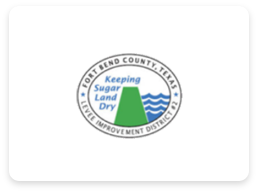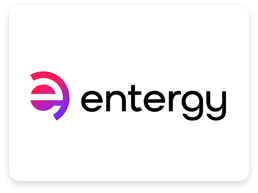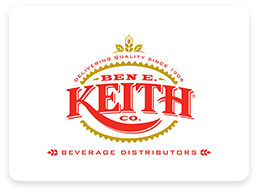Renewable Natural Gas(RNG)
Vision:
Federal and state programs for renewable fuels have provided incentives for projects to convert biogas into RNG. Congress created the Renewable Fuels Standard (RFS) program in 2007 to expand the nation’s use of renewable fuels while reducing reliance on imported oil. The RFS provides market-based credits for renewable fuels, including RNG in the form of Renewable Identification Numbers, or more commonly known as (RINs).
Several states have created additional programs focused on the reduction of fossil-based fuel. For example, California, Oregon, and Washington have their own Low-Carbon Fuel Standard (LCFS) incentive programs. The value of the RNG produced under the guidelines of the LCFS program can be monetized if the RNG is used for transportation fuel in those states.
What is RNG and how is it produced?
Renewable Natural Gas, often called RNG or biomethane, is a term used to describe biogas that has been upgraded for use in place of conventional fossil natural gas. The biogas used to produce RNG comes via methane capture, from a variety of sources including livestock farms, municipal solid waste landfills, water resource recovery facilities (wastewater treatment plants), or waste products from food and beverage production, and organic waste management operations.
RNG can be used for thermal applications, electricity generation, bio-plastic feedstock, or vehicle fuel.
Once the biogas is produced, it is cleaned and conditioned. To then upgrade to RNG, the methane content is increased by removing water vapor, carbon dioxide, hydrogen sulfide and other impurities.
RNG is considered a carbon-neutral fuel because it comes from organic sources that once absorbed carbon dioxide from the atmosphere during photosynthesis. RNG has even greater benefits when it’s produced from organic waste that would otherwise decay and emit methane emissions into the atmosphere.
After the RNG is produced, it can then be injected and transported through the natural gas pipeline system and used to displace conventional natural gas. RNG molecules are indistinguishable from fossil based natural gas molecules. The only
difference is that RNG is derived from biological materials rather than from fossil fuel deposits.
By capturing more greenhouses gases than it emits, this RNG can be considered carbon negative. Here is a graph that shows the implied CI score for each waste stream:
RNG benefits
The Production of RNG yields many positive benefits: The Most significant benefit is the reduction of Methane into the atmosphere. Methane (CH4) is a hydrocarbon that is the primary component of natural gas and a very potent greenhouse gas (GHG). Unlike other GHGs, methane can be converted to usable energy. Capturing and using methane offers opportunities to generate new sources of clean energy and mitigate global climate change. In addition, reducing methane emissions can deliver a host of other energy, safety, and local air and water quality benefits.
Additionally, the production of RNG (over time) will help to displace the need for drilling, and fracking of fossil gas. Methane has a 12-year lifetime in the atmosphere and traps 28-36 times more heat than carbon dioxide over a 100-year time scale.
There are reliability benefits of RNG compared to other renewable sources such as Wind and Solar energy as well. RNG is more reliable because it is available anytime consumers need it unlike wind and solar, which are intermittent energy sources – meaning the energy isn’t available if the sun isn’t shining, or the wind isn’t blowing. Waste material can be converted into deliverable, renewable energy 24 hours a day, seven days a week and can be deployed whenever and wherever needed.
As we look to continue our push into the world of resiliency and reliability, we can now combine this effort with the decarbonization of not only our footprint, but the Carbon footprint of our clients, and it only makes sense that the most reliable and available Renewable Energy source is RNG!
Trusted by
































